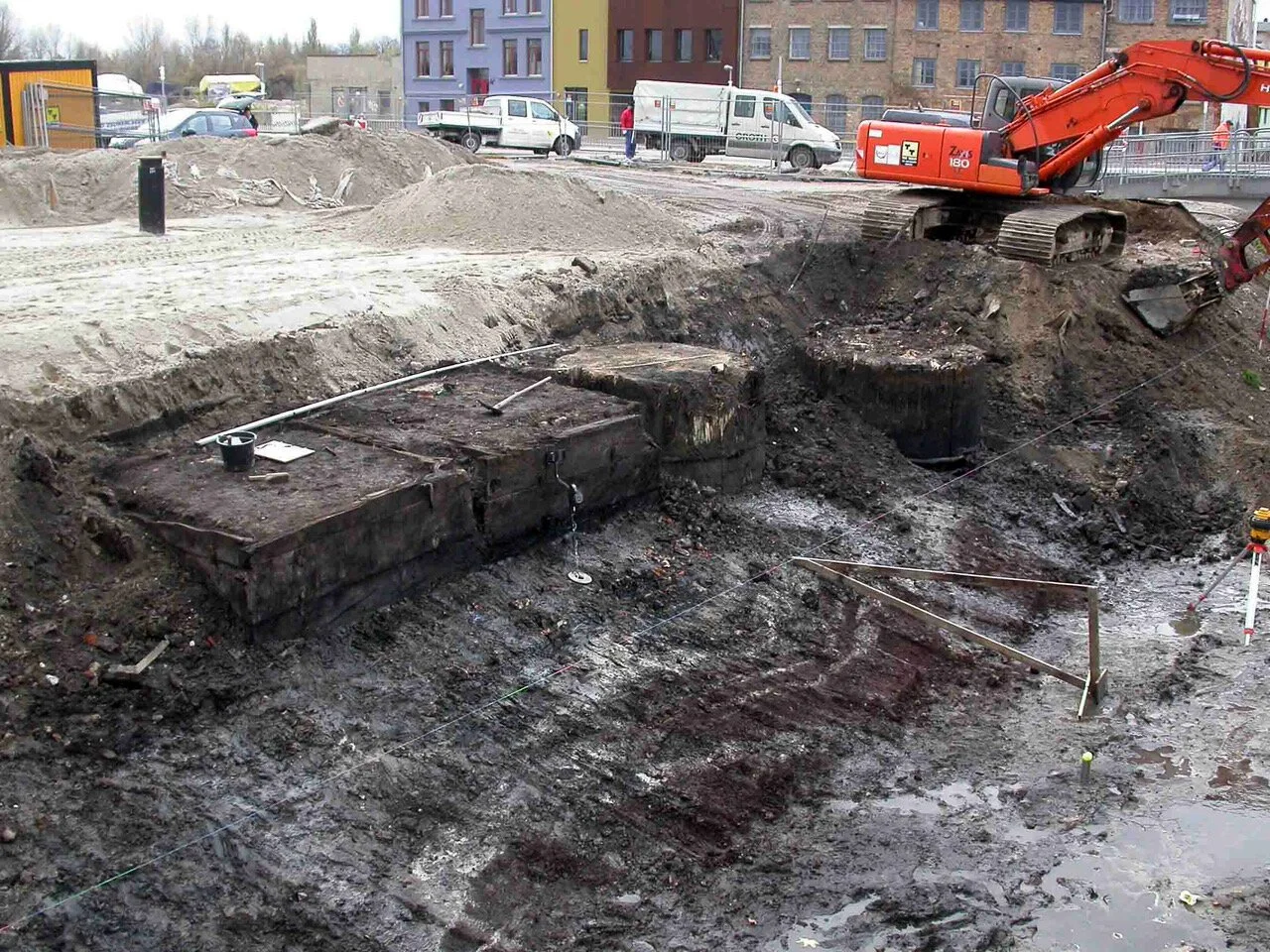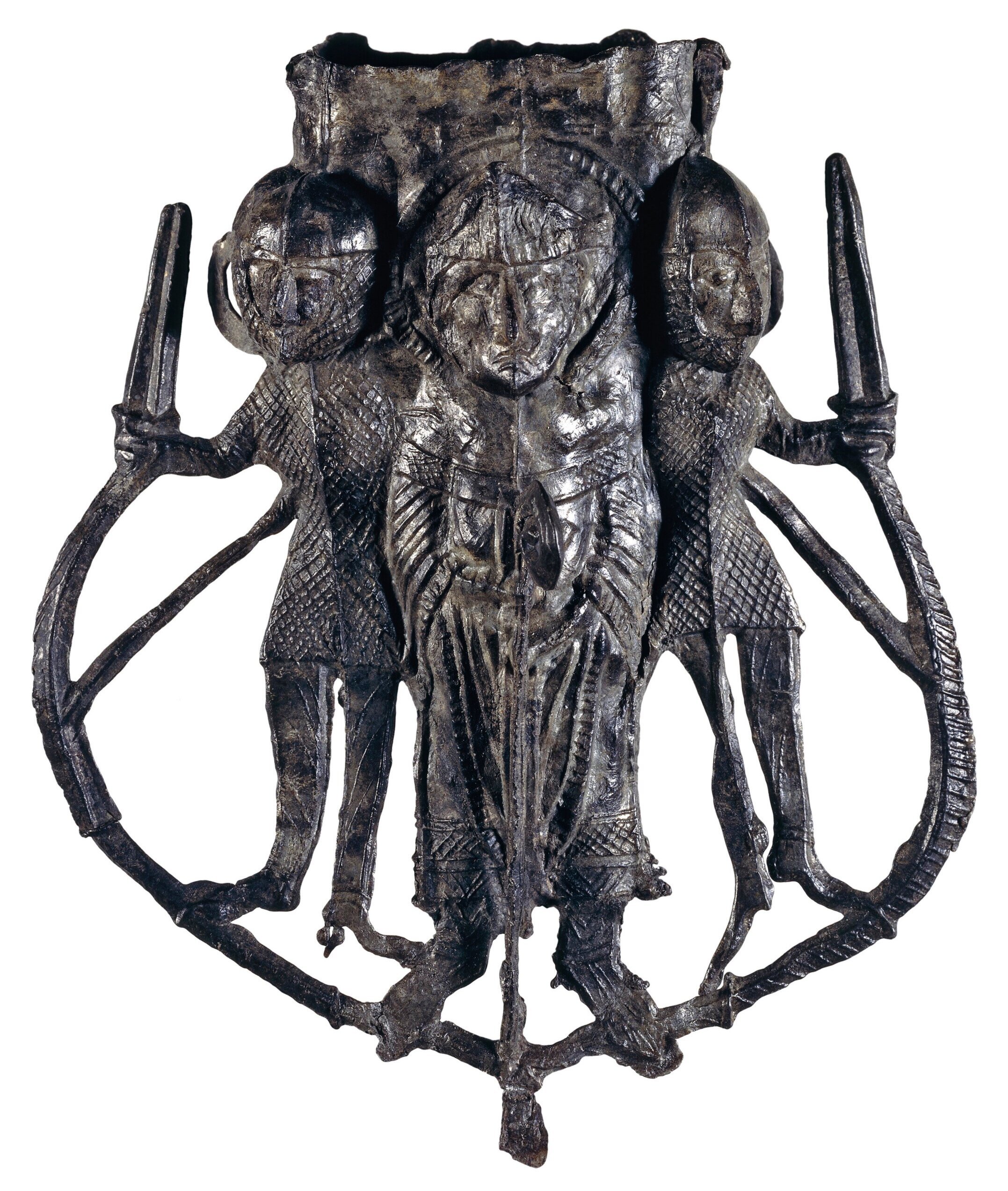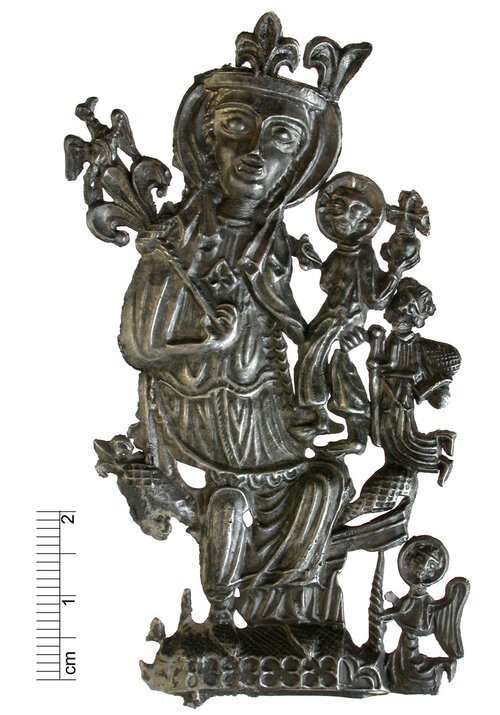With Valentine’s Day just ahead of us, lovebirds are nestling. Red roses are being prepared. Cards decorated with hearts and scribbled love notes will be exchanged between lovers and friends. Whether you love or loathe this February celebration, one thing is clear: drawing on several centuries of cultural imagery, Valentine’s Day symbols are strong and here to stay.
BIRDS
The romantic association between birds and lovers is a longstanding one, particularly around the day of Saint Valentine. Literary historian Henry A. Kelly suggests that the great medieval English poet, Geoffrey Chaucer, originated what we think of today as Valentine’s Day in his poem, Parliament of Fowls. The poem associated birds choosing their mates to the then already established day of Saint Valentine:
For this was on Seynt Valentynes Day,
Whan every foul [fowl] cometh there to chese [choose] his make [mate],
If every kynde that men thynke may. (309-311)
It happened on Saint Valentine’s Day
Which is when every bird arrives [at the Parliament] to choose its [his?] mate,
Every kind of bird that mankind can imagine.
Kelly writes that the reality of birds choosing their mates in February was grounded in the social imagination at the time, and in observations of the natural world of northern Europe, especially the lengthening of days and birds flying in the air above, choosing a mate. According to Kelly, Chaucer connected these observations to a specific saint’s day, that of Saint Valentine, and then, a tradition was born.
Pewter badge, crossed hands emerging with fleur-de-lis crown, heart pierced by arrow, pin, origin unknown, 1325-1375, found in 's-Hertogenbosch, the Netherlands, 27 x 22 mm. Family Van Beuningen Collection, inv. 3887 (Kunera 17280). Photograph and permission from Family Van Beuningen Collection.
HEARTS
Birds are not the only image from the medieval period to permeate Valentine’s Day today. Central to contemporary Valentine’s Day symbolism – and to our concept of love – is the heart. There is a longstanding relationship between the heart and love, which we see before the Middles Ages in the Classical tradition, but that we can thank the medievals for proliferating. Ann Marie Rasmussen writes that a love poem from a collection of Latin letters known as the Tegernseer Briefsammlung, written in German around the year 1180, records a very early instance of linking the heart with the notion of romantic love:
Dû bist mîn, ich bin dîn
des solt dû gewis sîn
dû bist beslozzen
in mînem herzen
verlorn ist daz slüzzelîn
dû muost ouch immêr darinne sîn
You are mine, I am yours.
Of this you can be sure.
You are locked
in my heart
the key is lost,
and so you must stay there forever.
The beloved is held within the heart of the lover, dramatized in the poem first through the heart alone and further through the heart’s bygone key. By the early decades of the thirteenth century in Europe, images of giving, receiving, exchanging or even locking up hearts had become a near universal symbol of love. Sharing hearts between a man and a woman emphasized constancy, fidelity and companionship, including, of course, erotic love.
Unlike our modern concentrating of romantic gestures onto Valentine’s Day, medieval heart badges were exchanged as tokens of affection between lovers throughout the year. But if you’re still looking for a creative gift for a special someone tomorrow, consider looking in European river systems for lost or strayed medieval heart badges; on short notice, of course, a love poem will always do.
Written by Hannah Gardiner. Translations by Dr. Ann Marie Rasmussen. This post was originally published on the Medieval Badges blog on February 23rd, 2021.
Works Cited
Kelly, Henry, A. Chaucer and the cult of Saint Valentine. Leiden: Brill, 1986.
Rasmussen, Ann Marie. Medieval Badges: Their Wearers and Their World. University of Pennsylvania Press, 2021.
Tegernseer Briefsammlung, between 1178-1184. Munich, Bayerische Staatsbibliothek, clm 19411, f. 114v.

























